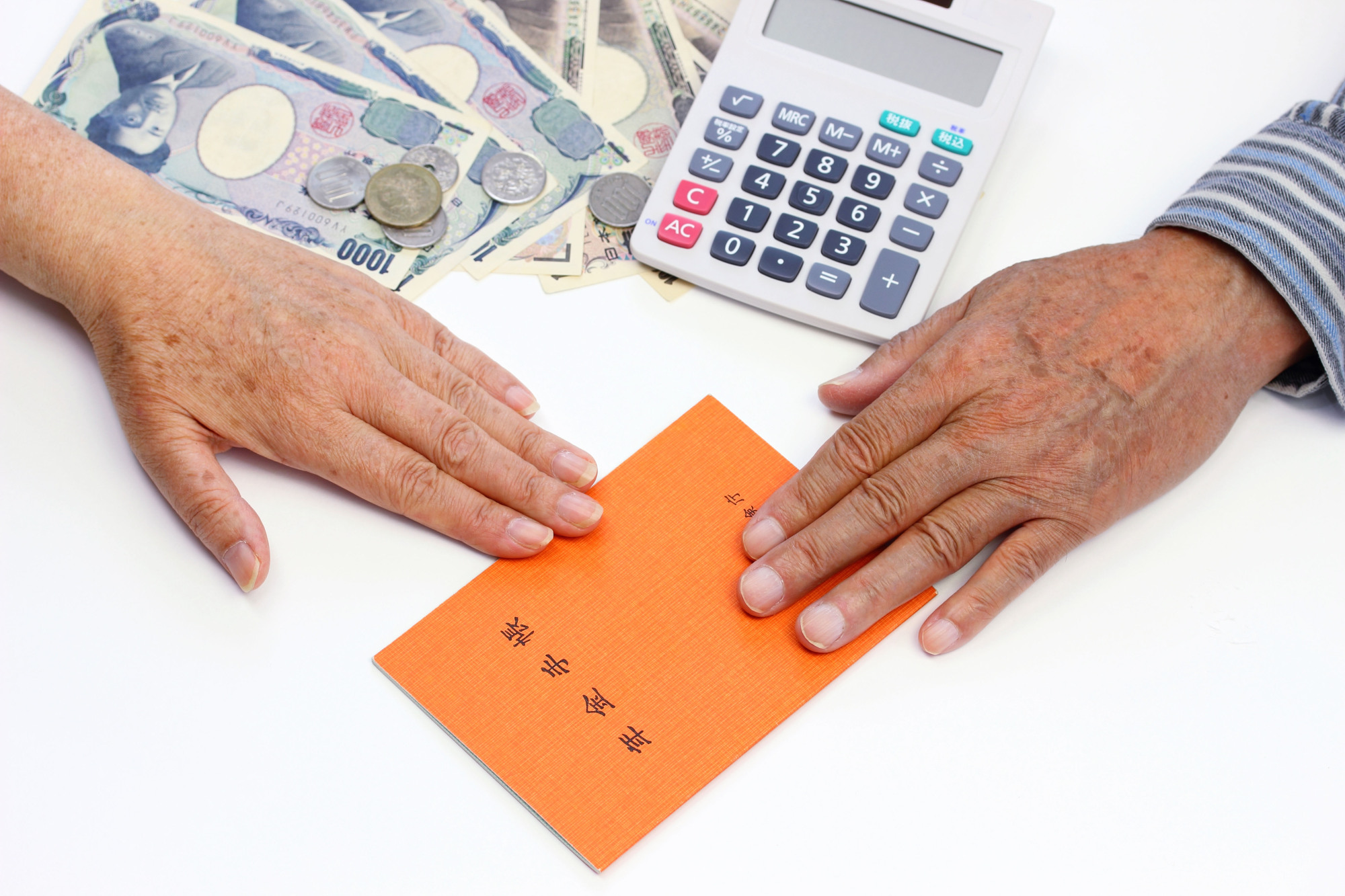In Japan, which faces an accelerated aging of the population with ever fewer births, a vague sense of anxiety over the public pension system is spreading. Generally speaking, future pension finance greatly fluctuates depending on demographic composition and changes in socio-economic conditions. Accordingly, the government examines the health of pension finance every five years to assess its condition.
The result of the latest checkup, disclosed at the end of August, shows that the level of pension benefits about 20 years from now will be enough to keep the income substitution rate at 50 percent. This rate is significant because of a related law that requires the government to carry out a structural review of the pension system if the rate is forecast to fall below 50 percent. The outcome of the latest checkup means that there will be no need to change the basic framework of the current public pension system, or that there is no need to worry so much about its future.
Still, it is obvious that any estimate for the future will result in a rosy forecast if it is based on optimistic premises. In the latest assessment, pension finance estimates were made on the basis of six scenarios of economic conditions. The biggest factor is future GDP growth rates. The six different rates used in the estimates — 0.9 percent, 0.6 percent, 0.4 percent, 0.2 percent, zero percent and minus 0.5 percent — seem fairly conservative when checked against common sense.



